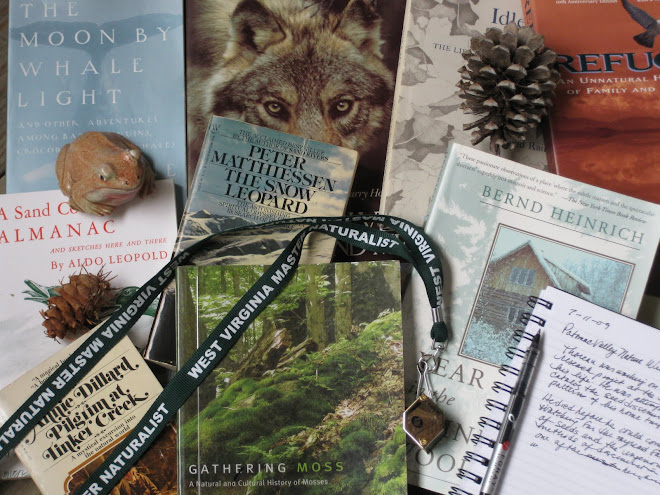 As our globe warms, the Arctic as we once knew it is fast becoming a dream of time past. This month I'm thrilled to announce that we delve into Arctic Dreams as delivered by the prolific and much honored author Barry Lopez. Arctic Dreams won the 1986 National Book Award and is considered his masterpiece.
As our globe warms, the Arctic as we once knew it is fast becoming a dream of time past. This month I'm thrilled to announce that we delve into Arctic Dreams as delivered by the prolific and much honored author Barry Lopez. Arctic Dreams won the 1986 National Book Award and is considered his masterpiece.From the publisher: "Lopez offers a thorough examination of this obscure world-its terrain, its wildlife, its history of Eskimo natives and intrepid explorers who have arrived on their icy shores. But what turns this marvelous work of natural history into a breathtaking study of profound originality is his unique meditation on how the landscape can shape our imagination, desires, and dreams. Its prose as hauntingly pure as the land it describes, Arctic Dreams is nothing less than an indelible classic of modern literature."
Bill Moyer's Interview with Barry Lopez: http://www.pbs.org/moyers/journal/04302010/profile.html
Review excerpts : "Jubilant....Barry Lopez lavishes his discoveries into a portfolio of delights." The New York Times Book Review "Wonderfully informed and evocative....Keen observation given shape with language that is deft and vivid." Chicago Tribune "Rich, abundant, vigorously composed." The Boston Globe "[It is the earth's] synchronous wealth of life — of all life — that Barry Lopez is celebrating in his jubilant new book. Among contemporary nature writers Mr. Lopez is especially a rhapsodist, and what he has done in this passionate paean to the Arctic and its cycles of light and darkness, its species of ice, its creatures and waters, is to present a whole series of raptures and riffs on the subject of musk oxen, ivory gulls, white foxes, polar bears, icebergs and sea currents..." New York Times Book Review
Author website: http://www.barrylopez.com/blog.htm
Reviews:
http://www.guardian.co.uk/books/2005/apr/02/featuresreviews.guardianreview35
http://www.powells.com/biblio/2-9780375727481-6
NOAA Arctic site: http://www.arctic.noaa.gov/detect/
We meet in January to share our impressions. Stay tuned for time and place.



